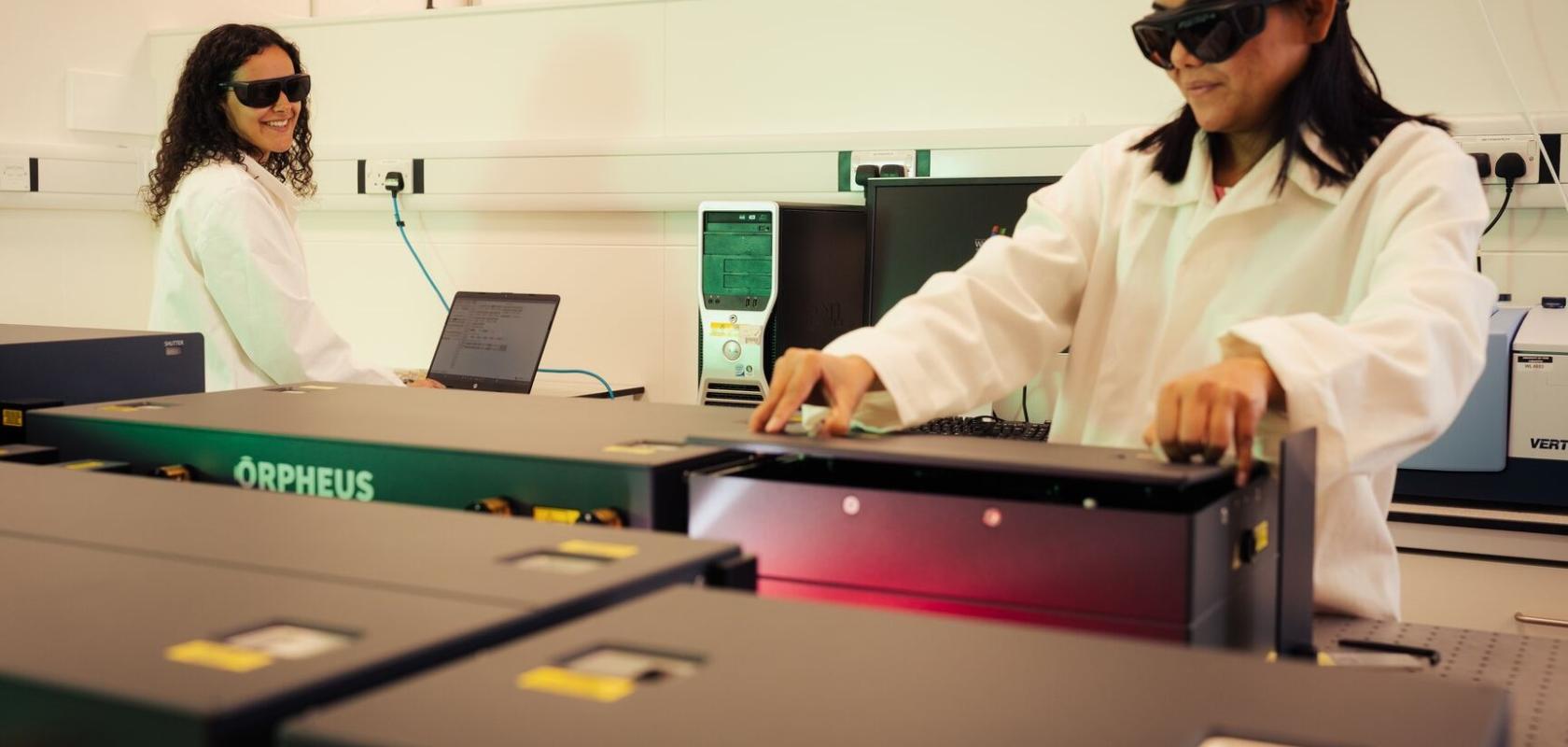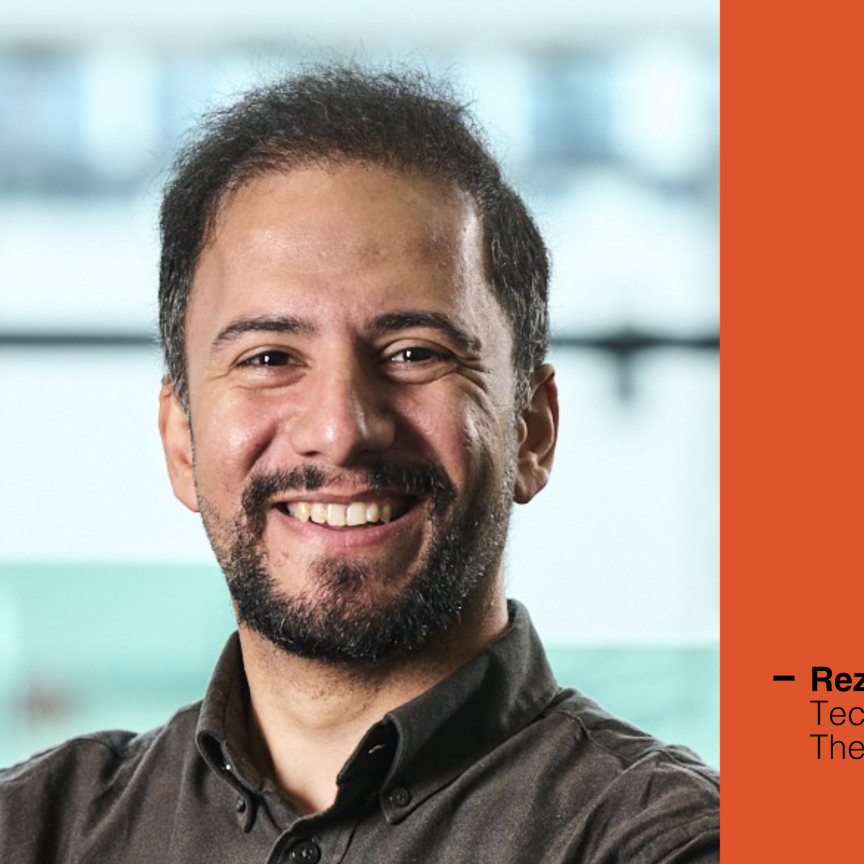In an endeavour funded by a £1m grant from the UK’s Engineering and Physical Sciences Research Council (EPSRC), a team of researchers at the University of York has been working on a project titled ‘High-throughput 2D-IR analysis of biomolecules under physiological conditions’ (Ref: EP/W021404/1).
Its aim is to revolutionise biological chemistry research by providing access to rapid and high-throughput structural and dynamic information about biomacromolecules, such as proteins, DNA, and RNA, under physiologically relevant conditions.
The core objective is to establish a globally unique high-throughput 2D-IR instrument capable of measuring microlitre volume samples in under a minute. Such a tool could potentially advance various fields, including biomedical diagnostics, photonic biosensors, chemical biology, and drug design. However, to realise this vision, the project required a state-of-the-art laser system tailored to meet its unique demands.
The research challenges
The researchers faced multifaceted obstacles. Traditional methods for obtaining structural and dynamic information about biomolecules can often be time-consuming and provide low throughput. On the other hand, conventional techniques that provide rapid insights into intermolecular interactions have been known to lack detailed structural information. Bridging this gap required a revolutionary approach.
Enter two-dimensional infrared (2D-IR) spectroscopy. This technique has the potential to create a unique “map” of the 3D structure, structural dynamics, and intermolecular interactions of biological molecules. When allied to York’s patented ability to measure 2D-IR spectra of biomolecules in H2O, which removes the time-consuming and costly need to replace H2O with D2O (deuterium oxide, or heavy water), 2D-IR has the potential to transform our understanding of biomolecules in natural solutions and provide label-free molecular analysis of biofluids without sample drying. However, successful exploitation of this ability requires advanced laser technology to drive acquisition of 2D-IR spectra in a high throughput manner.
Photonic Solutions' solution
Photonic Solutions, in partnership with Light Conversion, took on the challenge of designing, supplying, installing, and supporting a complete Light Conversion femtosecond laser and optical parametric amplifier (OPA) system for the University of York’s HT-2D-IR Facility. The main goal was to provide the laser technology necessary for rapid 2D-IR analysis under physiologically relevant conditions.
The collaboration began with a pre-installation visit from Photonic Solutions engineers. Subsequently, the experts from Light Conversion were on site to ensure the system’s seamless installation and to start the facility’s operational capabilities. The laser system incorporated a pair of optically synchronised broad-bandwidth mid-infrared ORPHEUS-MIR optical parametric amplifiers.
Its design was tailored to the specific needs of the research project, enabling high-speed 2D-IR analysis of biomolecules. Crucially, it allowed for the label-free molecular analysis of biofluids without the cumbersome step of replacing water with heavy water.
Photonics deliver results
The implementation of the Light Conversion dual femtosecond laser and OPA system has already yielded successful results. University of York project lead Professor Neil Hunt believes the newly acquired laser technology will have a significant impact on the research landscape. He says: “The York HT2D-IR lab’s state-of-the-art laser technology will help to deliver high-speed 2D-IR analysis of biomolecules under physiological conditions. This will make exciting research projects combining ‘big data’ methods with advanced laser spectroscopy possible for the first time. By operating as a facility, we will provide access for academics and industrial users to a powerful suite of new analytical tools, allowing 2D-IR to be applied to problems in the chemical, biomedical, and pharmaceutical sectors.”
Hunt highlighted the role played by Photonic Solutions in the project’s success: “Photonic Solutions played a key role in the successful design and installation of a laser system tailored specifically to meet our needs, and we look forward to working with them as our new facility grows.”
The collaboration between Photonic Solutions and the University of York, in partnership with Light Conversion, could help to pave the way for ground-breaking research in the field of biological chemistry. The customised laser system has enabled rapid and high-throughput 2D-IR analysis, unlocking new possibilities in biomedical diagnostics, photonic biosensors, chemical biology, and drug design.
Hunt believes that the method could fill an important gap in analytical capability, transforming biological chemistry research and providing a new tool for healthcare diagnostics.
References
- Hume, S.; Hithell, G.; Greetham, G. M.; Donaldson, P. M.; Towrie, M.; Parker, A. W.; Baker, M. J.; Hunt, N. T., ‘Measuring proteins in H2O with 2D-IR spectroscopy’. Chem Sci 2019, 10 (26), 6448-6456.
- Rutherford, S. H.; Greetham, G. M.; Towrie, M.; Parker, A. W.; Kharratian, S.; Krauss, T. F.; Nordon, A.; Baker, M. J.; Hunt, N. T., ‘Detection of paracetamol binding to albumin in blood serum using 2D-IR spectroscopy’. Analyst 2022, 147 (15), 3464-3469.
- Shaw, D. J.; Waters, L. C.; Strong, S. L.; Schulze, M.; Greetham, G. M.; Towrie, M.; Parker, A. W.; Prosser, C. E.; Henry, A. J.; Lawson, A. D. G.; Carr, M. D.; Taylor, R. J.; Hunt, N. T.; Muskett, F. W., ‘Modulation of IL-17 backbone dynamics reduces receptor affi nity and reveals a new inhibitory mechanism’. Chem Sci 2023, 14 (27), 7524-7536
Further information


